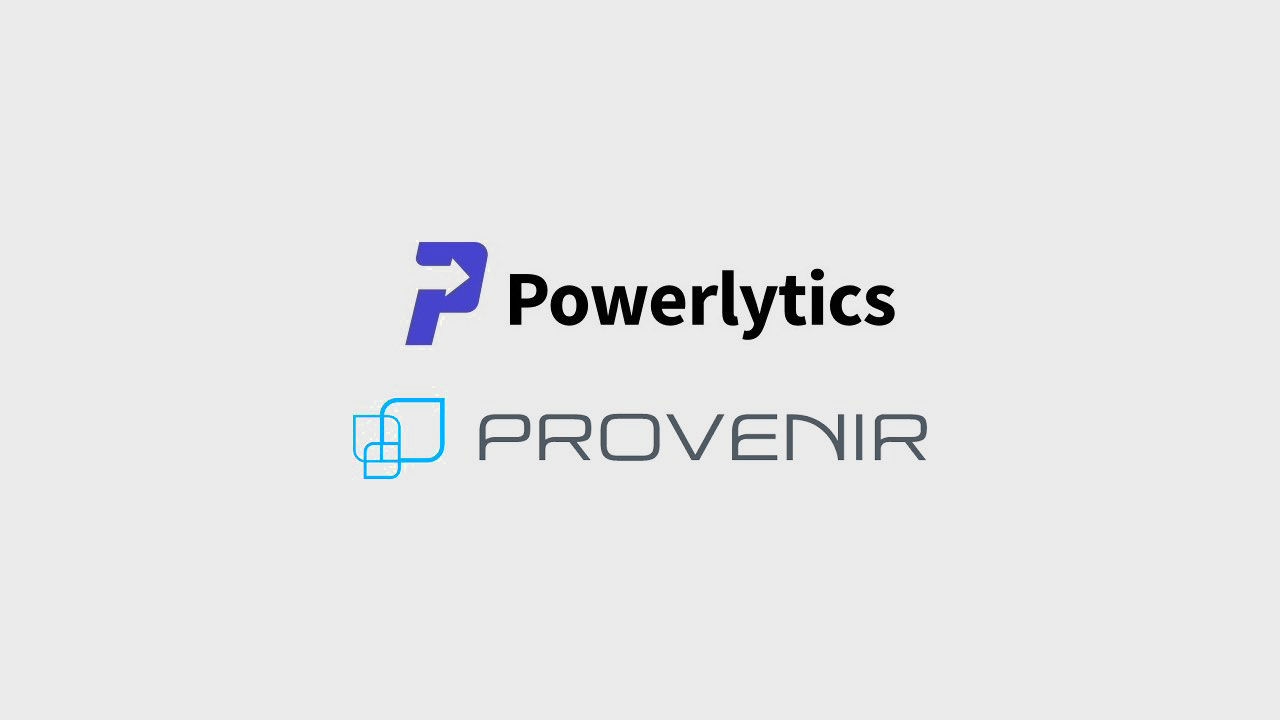
Closing the Friction Gap in Lending
Published 10th Dec 2021Don Chapman, Head of Strategic Partnerships, Powerlytics
Twenty years ago, day-to-day experiences such as bill payment and shopping were filled with hurdles and hassles, but consumers accepted these inconveniences because it’s all they knew. Today, smartphones, high-speed internet, and platforms like Amazon make many of these experiences a simple one or two click process. And as technology advances and each previous friction point is eliminated, we become even less tolerant when we are confronted with a complicated user experience or hurdles to completing a transaction.
Zero-friction Remains a Challenge for Banks and Lenders
While some industries have been highly transformed, zero-friction in financial services remains more aspiration than reality. While some financial processes have become a model of zero-friction – think of the ease of paying a friend with Venmo or the simplicity of online bill payment – account opening and loan decisioning are often cumbersome and frustrating for consumers. This is because banks and other lenders must follow strict regulatory requirements and sound credit risk management practices making it much tougher to simplify these experiences. In effect, this creates a “friction gap” for financial services providers. Consumers have moved beyond friction in many parts of their daily lives, so they become even more frustrated when dealing with the complexity that still exists in these financial interactions.
This is a particular challenge for banks and lenders. In fact in a recent webinar, Peter Wannemacher, Senior Analyst at Forrester, said abandon rates for online banking applications were at an all-time high of 97.5%. While this percentage may be lower if we look only at loan applications, lending is a particular challenge because available data such as bureau scores are often not sufficient to make a fully informed credit decision. As a result, many lenders will ask the applicant to provide paystubs, tax returns, access to their bank accounts directly or through a third party, which results in a portion of these busy and creditworthy individuals choosing to avoid the friction and look for other options.
The Answer – Innovative Data Sources
The good news is that there are new solutions that can help streamline this process. The key for lenders comes down to data strategy and those lenders focused on identifying and integrating innovative new data sources are likely to gain a major competitive edge.
One example of an innovative zero-friction data solution is anonymized tax return information. By simply using the loan applicant’s 9-digit ZIP Code, these data solutions provide accurate income estimates and confidence scores against an applicant’s stated income, giving any US lender the financial insights needed to enable a quick “yes” decision with zero friction for the loan applicant. For additional fine tuning of the estimate, knowing whether a person owns or rents their home provides an increased measure of accuracy. And because these solutions are based on tax data, they go well beyond the applicant’s W2 and cover all sources of income to provide a truly holistic financial view of the loan applicant. The Office of the Comptroller of the Currency (OCC) has reviewed these income solutions and allows commercial usage to get to a “yes” in a loan decisioning process as well as other use cases including replacing stated income for proactive credit line increases and prospect targeting.
Powerlytics provides this type of zero-friction income solution based on anonymized tax return data. Today, a range of banks and other lenders use Powerlytics True Income solutions to streamline loan decisioning and expand proactive credit line increases. Powerlytics also offers a broad dataset of 5,000 financial variables delivering a comprehensive financial view of the over 200 million adults and 30 million businesses that comprise the American economy. Today, banks and lenders use this broad dataset to improve outcomes in prospect targeting, cross-sell, and portfolio risk analytics.
While the friction gap remains a challenge to banks and lenders, those who actively explore innovative data solutions can accelerate their path to closing this gap and differentiate themselves in this highly competitive marketplace. Visit www.powerlytics.com for more information.
